1. Inspection Costs Add Up Quickly
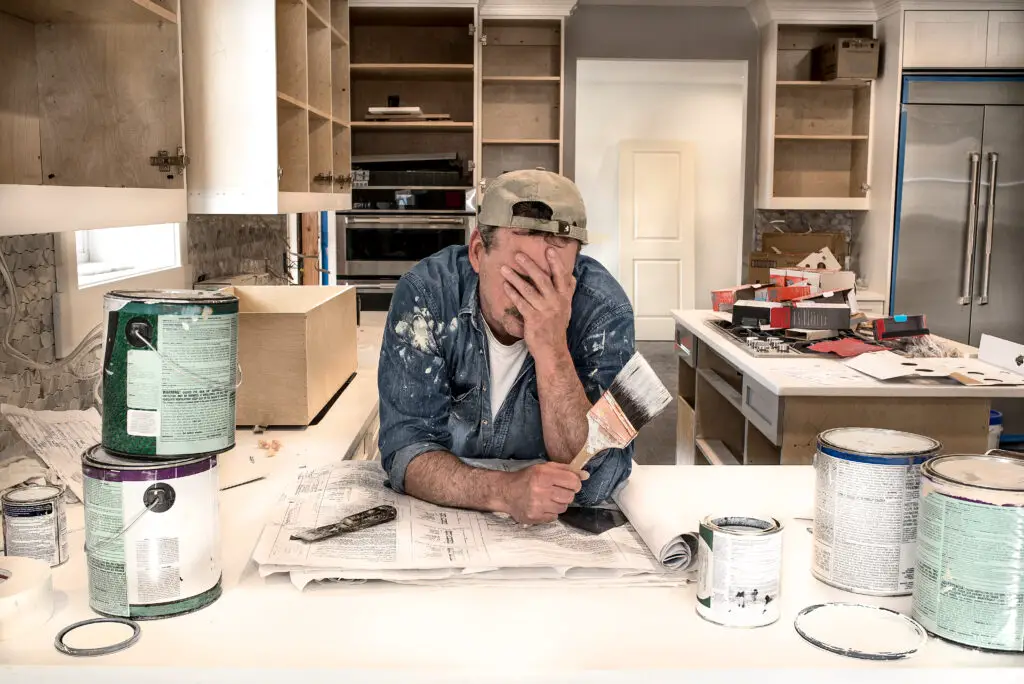
Before buying a fixer-upper, you’ll need a detailed home inspection, and it doesn’t come cheap. A basic inspection might run you a few hundred dollars, but specialized inspections for mold, pests, or structural issues can quickly increase the bill. These inspections are crucial because they help you avoid unexpected disasters later on. Skipping this step might save you now, but it could cost you thousands in surprise repairs. It’s better to know what you’re walking into than to find out after signing the dotted line.
2. Permit Fees Can Sneak Up on You
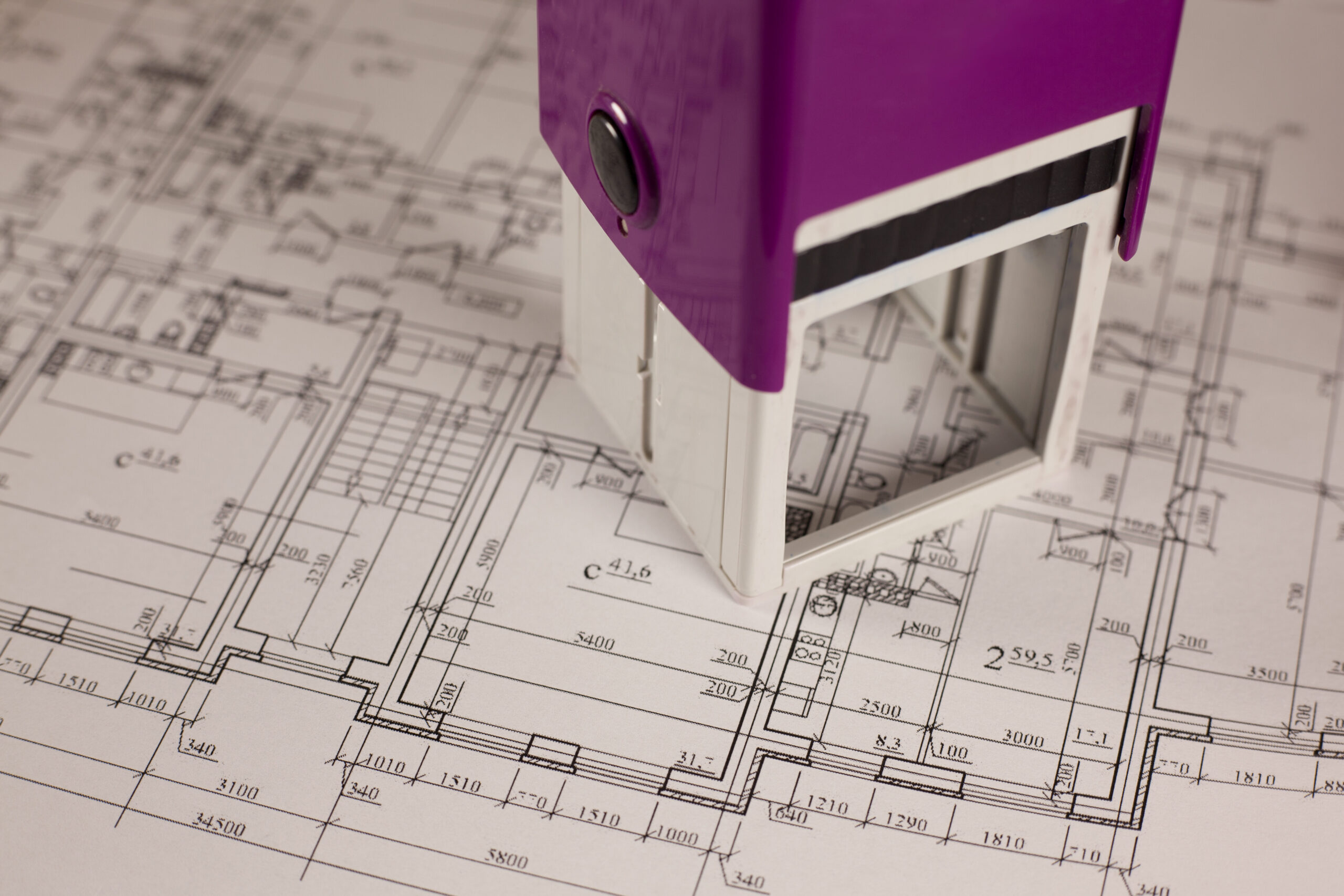
Fixer-uppers often require renovations that need city or county permits, and those don’t come free. From electrical work to adding a new bathroom, permits vary in price based on location and project scope. Some permits are a few hundred dollars, while others can climb into the thousands. The worst part? Not having the right permits can lead to fines or make it harder to sell your home later. Factor these costs into your renovation budget from the start.
3. Asbestos and Lead Remediation Isn’t Optional
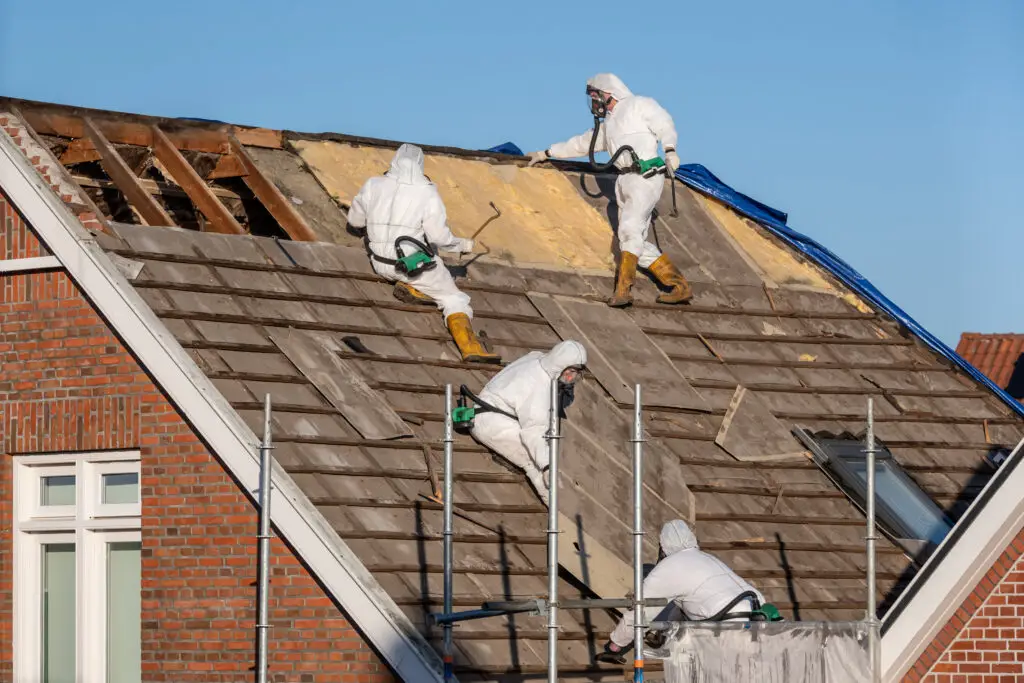
If your home was built before the ’80s, there’s a good chance you’ll encounter hazardous materials like asbestos or lead paint. Professional remediation is required by law and can be shockingly expensive. The cost depends on how extensive the problem is, but expect to pay anywhere from $1,000 to $10,000 or more. Not addressing these issues isn’t just dangerous—it’s illegal to ignore them when remodeling. Always test older homes for these hazards before starting renovations.
4. Foundation Repairs Are No Joke
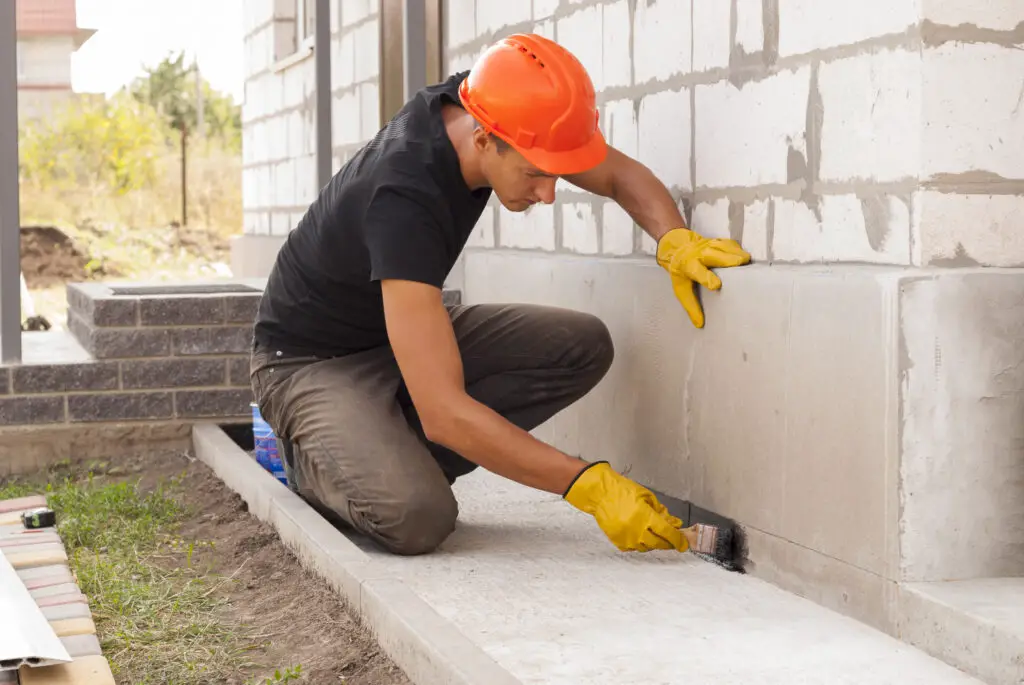
Fixer-uppers sometimes come with cracked or unstable foundations, and fixing these isn’t cheap. Foundation repairs can range from $5,000 to $20,000 depending on the severity of the issue. Unfortunately, these repairs are non-negotiable because your entire house depends on a solid foundation. While they’re not the most exciting updates, they’re crucial for safety and long-term value. If your inspection reveals foundation issues, prepare to shell out a significant portion of your budget.
5. Plumbing Updates Can Spiral
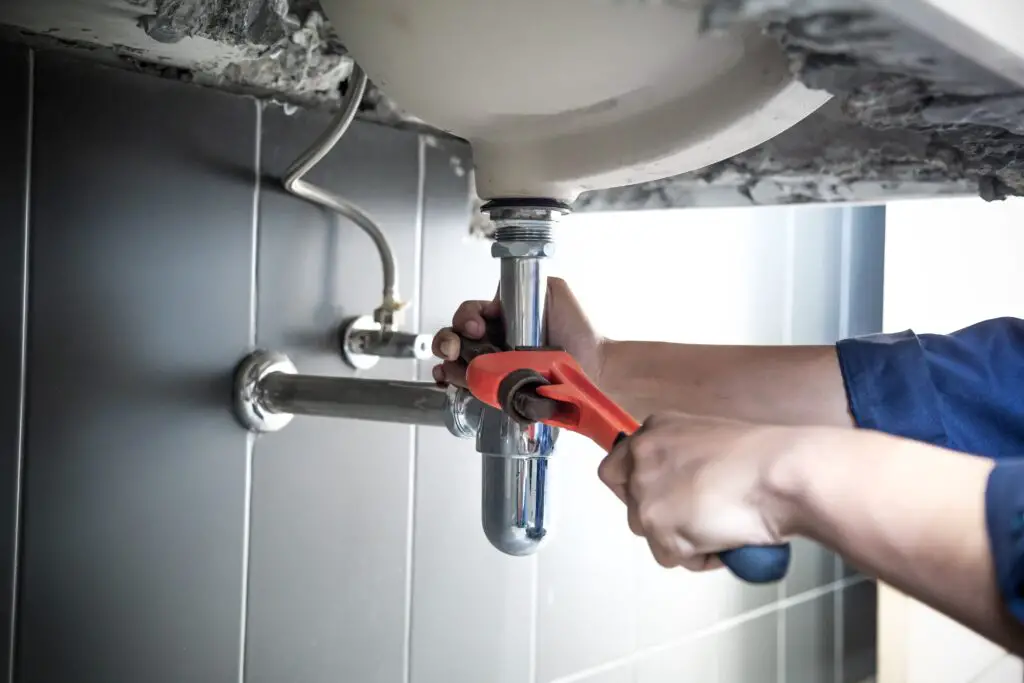
Outdated plumbing systems are common in older homes, and fixing them is rarely a quick fix. Whether it’s replacing old pipes or upgrading to meet modern codes, plumbing costs can easily climb into the thousands. Hidden leaks or corroded pipes can lead to water damage, adding even more expense. Additionally, if the plumbing isn’t up to par, you might have to rip out walls or flooring to access problem areas. It’s a domino effect that can hit your wallet hard.
6. Electrical Systems Need Modernizing
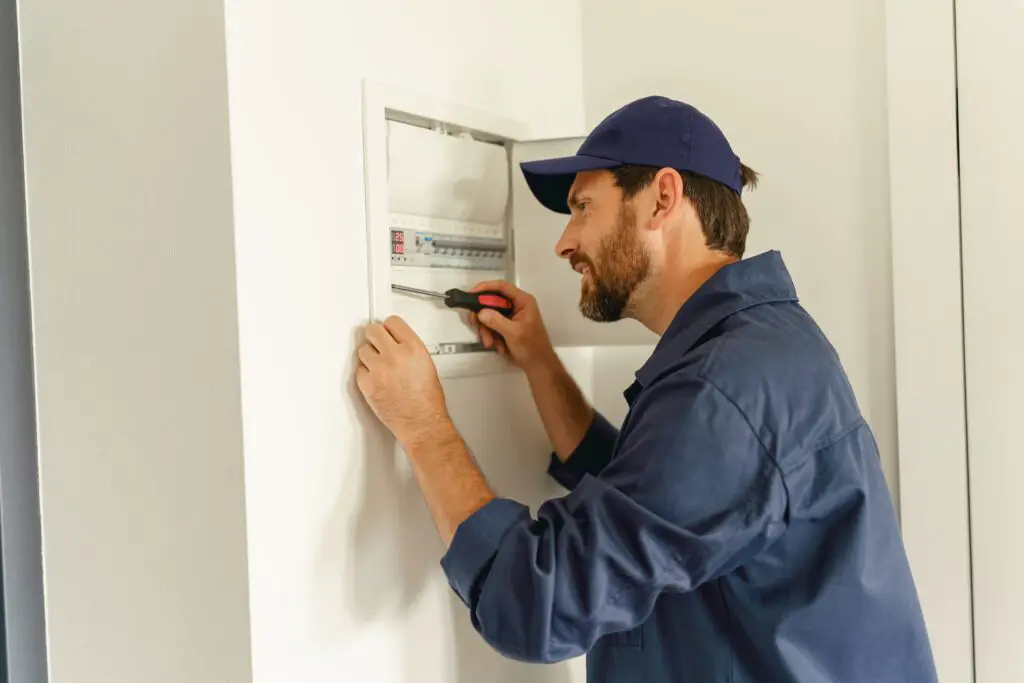
Old wiring isn’t just inconvenient—it’s a fire hazard. Many older homes still have knob-and-tube wiring or outdated breaker panels that can’t handle today’s appliances. Bringing your electrical system up to code might cost $2,000 to $15,000, depending on the size of your home and the extent of the upgrades. This is one area where you don’t want to cut corners. Hiring a licensed electrician to do the work right is a must for your safety and peace of mind.
7. Roof Repairs Are a Top Priority
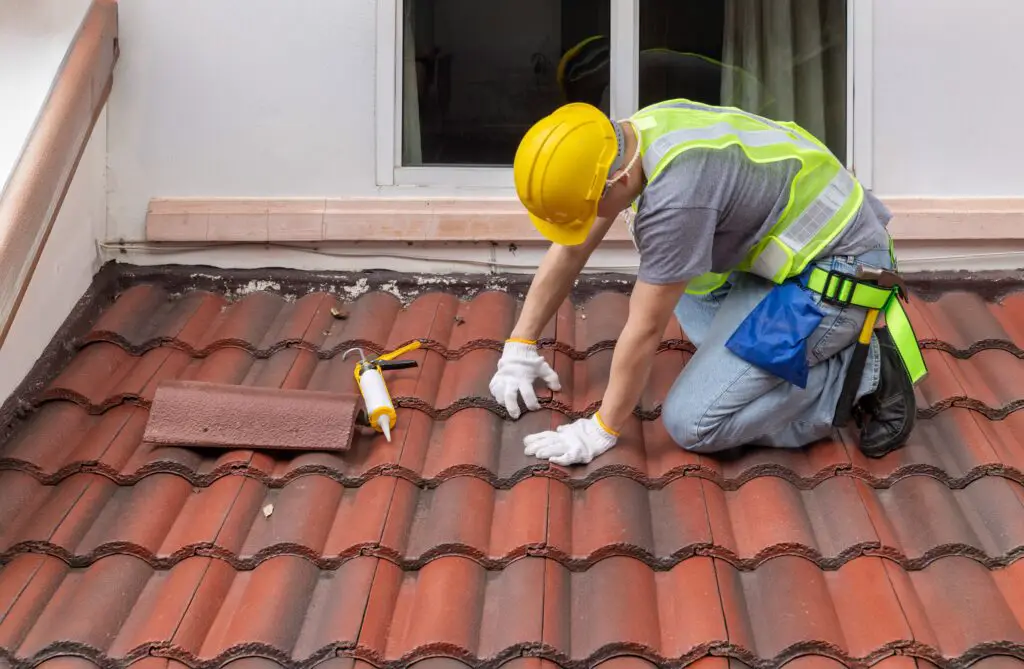
A leaky or aging roof can’t wait. Roof replacements can cost anywhere from $5,000 to $30,000 depending on the material and size of your home. Even if the roof looks fine at first glance, an inspection might reveal underlying issues like water damage or missing shingles. Ignoring roof problems can lead to bigger expenses down the line, like mold or structural damage. Prioritize this repair to protect your investment.
8. Landscaping Isn’t Just Cosmetic

Overgrown yards and neglected landscaping might seem like a minor issue, but they can come with hidden costs. Tree removal, drainage fixes, or rebuilding retaining walls can cost thousands of dollars. Plus, poor landscaping can cause foundation issues or water pooling around your home. Investing in professional landscaping not only boosts curb appeal but also prevents future damage. Don’t underestimate how much this can impact your overall budget.
9. Hidden Water Damage is a Nightmare

Water damage isn’t always visible, and the cost of fixing it can balloon quickly. From replacing drywall to fixing warped floors, you could be looking at bills ranging from a few hundred to tens of thousands of dollars. Mold remediation often goes hand-in-hand with water damage, adding even more expense. Water issues can also signal larger problems, like roof leaks or plumbing failures. Always check for signs of water damage during your walkthrough.
10. The Cost of Temporary Housing

If the fixer-upper needs extensive renovations, you might not be able to live there right away. Renting a place or staying in temporary housing can add thousands to your overall expenses. Depending on how long the renovations take, this could be a major chunk of your budget. It’s easy to overlook this when dreaming about your future home, but it’s a reality for many fixer-upper owners. Factor this into your timeline and financial plan.
11. Unforeseen Structural Issues
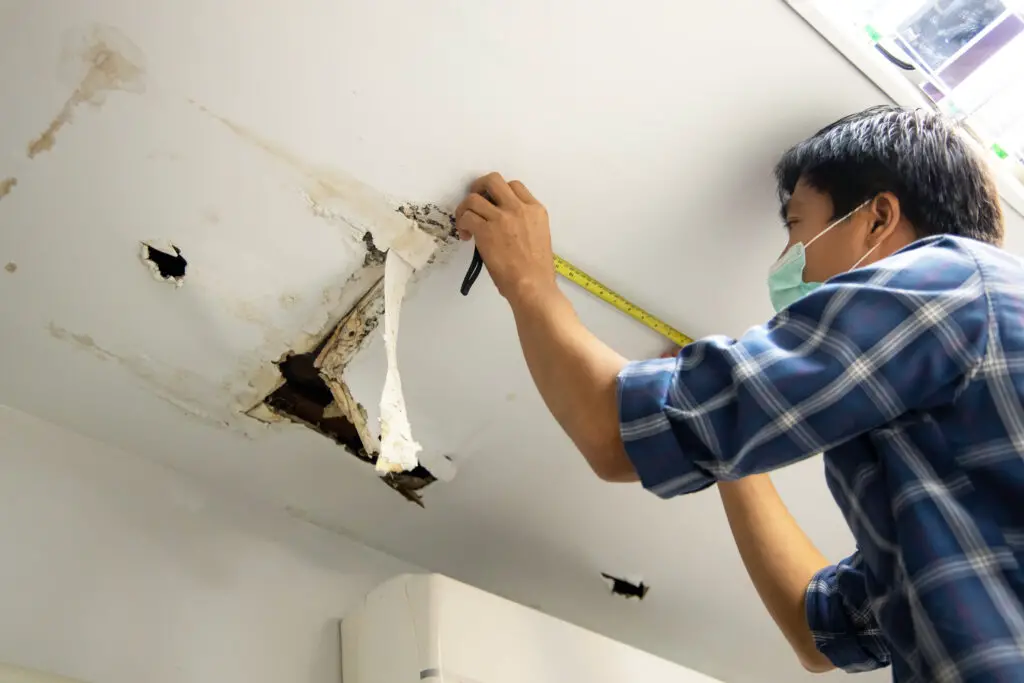
Sometimes, tearing down a wall reveals surprises—like rotted beams or missing support structures. Structural repairs are expensive and time-consuming, often requiring engineers or contractors. These can cost anywhere from $10,000 to $50,000 depending on the extent of the damage. While you might hope for the best, always budget for the unexpected. Hidden structural issues are a common—and costly—reality in older homes.
12. Decorating and Finishing Touches Add Up

Even after the major repairs are done, decorating your home can cost more than you expect. From light fixtures to flooring, these finishing touches often get overlooked during budgeting. A single room makeover can easily cost a few thousand dollars, especially if you’re furnishing it from scratch. While this part is exciting, it’s also where costs can spiral out of control. Save room in your budget for these last-mile expenses to truly enjoy your new space.
